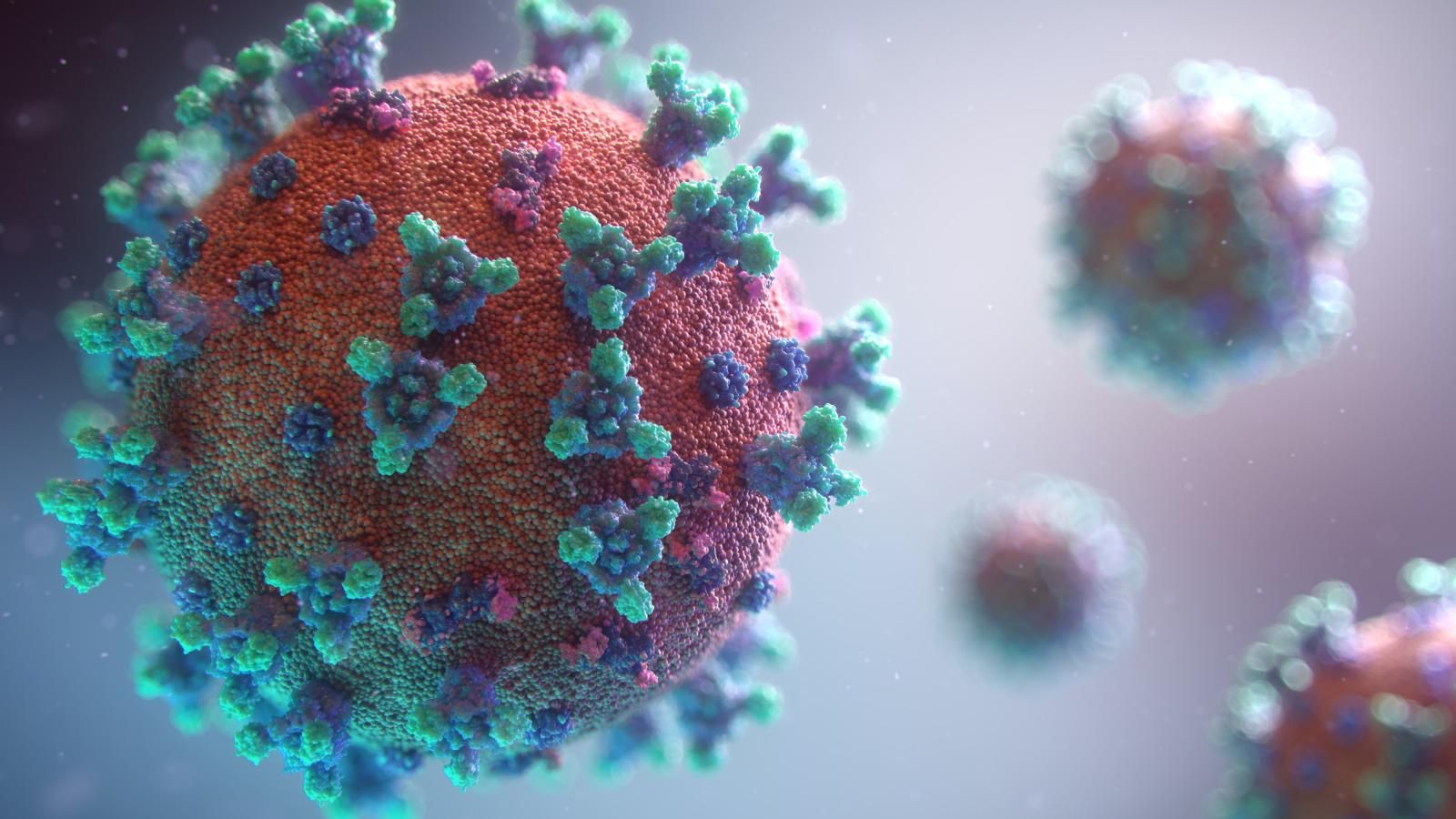Healthcare Worker COVID-19 Risk Linked to Ethnicity, PPE, and Case Exposure
New findings show "structural inequities" among the US and UK frontline responders first infected months ago.

Data collected from a smartphone app showed investigators that confirmed coronavirus 2019 (COVID-19) was more than ten-fold reported among every 100,000 healthcare workers than the general population.
The US- and UK-based findings, published in The Lancet Public Health journal, showed that frontline healthcare workers were at a significantly greater risk of COVID-19 infection, particularly in the early stages of the virus outbreak in either country.
Investigators, led by senior author Andrew Chan, MD, MPH, of Massachusetts General Hospital, conducted an assessment of data from the COVID Symptom Study smartphone app, which requires users provide background information including their age, race, and medical history.
Study participants were also asked if they worked in healthcare and, if so, whether they directly contacted patients at their job. Healthcare workers were also prompted to state whether they had cared for patients with suspected or confirmed COVID-19, and the frequency with which they used personal protective equipment (PPE).
Participant wellness was gauged at the outset of the study, with prompts on individual symptoms and whether or not they had been tested for COVID-19—and what the results were.
Chan and colleagues conducted their assessment between March 24 and April 23—a full month marked by heightened spread of coronavirus in both the US and UK. The trial enrolled 2.63 million UK participants and more than 182,000 US participants.
After excluding users who left the app after less than 24 hours and those who tested COVID-positive at the outset, Chan and colleagues had more than 2.1 million participants to assess. Of that count, 99,9795 identified as frontline healthcare workers.
COVID-19 was reported in 2747 per 100,000 app users among the frontline workers, versus just 242 per 100,000 app users from the general community. With consideration to differences in healthcare setting testing capability, investigators estimated frontline workers are about 3.4 times more likely to test positive for COVID-19 than the general population.
Participant symptom duration averaged 19 days.
“Previous reports from public health authorities suggest that around 10-20% of COVID-19 infections occur among health workers,” Chan said in a statement. “Our study provides a more precise assessment of the magnitude of increased infection risk among healthcare workers compared to the general community.”
In a secondary analysis with consideration to user response on PPE use, investigators found frontline healthcare workers who reported to have inadequate PPE were 1.3 times more likely to report a positive COVID-19 test than those with adequate PPE.
Healthcare workers who reported reusing PPE were almost 1.5 times more likely to report a positive COVID-19 test than those with adequate equipment.
The greatest healthcare worker COVID-19 risk was observed in those with confirmed COVID-19 without adequate PPE—at a nearly six-fold greater rate than healthcare workers with adequate PPE who were not exposed to positive patients.
Caring for a COVID-19-confirmed patient was associated with a 5 times greater risk of confirmed infection than those not exposed to such patients—even with adequate PPE.
At the time of data collection, most healthcare facilities responding to greater rates of COVID-19 cases were also burdened with PPE shortages, investigators noted. As such, it’s unclear if the same observed risks of COVID-19 infection among healthcare workers would be similar today.
And yet, many countries including the US, still face a shortage of appropriate PPE.
“Our results underscore the importance of providing adequate access to PPE and also suggest that systemic racism associated with inequalities to access to PPE likely contribute to the disproportionate risk of infection among minority frontline healthcare workers,” Chan explained.
Indeed, in a post-hoc analysis, healthcare workers from Black, Asian, and minority ethnic backgrounds reported greater risk of positive COVID-19 tests than non-Hispanic white colleagues.
Even after accounting for medical history and prior conditions, Chan and colleagues observed a nearly five-fold greater risk of COVID-19 positivity in minority healthcare workers than someone from the general community. For non-Hispanic white healthcare workers, the risk was just 3.5 times greater than the general community.
Minority healthcare workers also fared worse in PPE adequacy—more than one-third (36.7%) reported reused or inadequate equipment, versus approximately one-fourth (27.7%) non-Hispanic white colleagues.
Study co-author Erica Warner, ScD, also of Massachusetts General Hospital and Harvard Medical School, noted that overall, the study highlights the “structural inequities” associated with COVID risk.
“Black, Asian, and minority ethnic healthcare workers were more likely to work in high-risk clinical settings, with known or suspected COVID patients, and had less access to adequate PPE,” Warner said. “Ensuring access to, and appropriate use of, high-quality PPE across care settings would help mitigate these disparities.”
